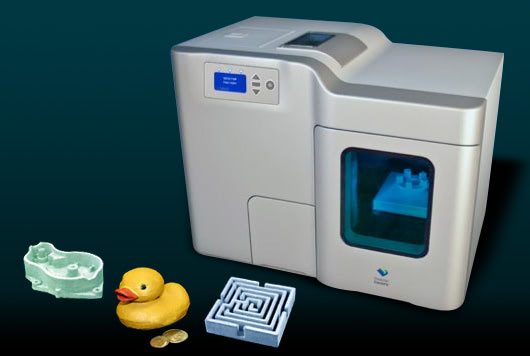
Phone, internet, television, photography, even books or music: today it is hard for the mind to escape from virtual worlds. A day without communication or interaction could make us feel like we left home without a wallet. The key to why communication and virtual reality is such a success, hence adopted in our every-day-life, is the concept of being in two places at the same time. This ability makes us feel like we can experience twice as much in the time given.
Having more worlds to spend time in, also provides a choice. That's a positive thing, because having nothing to choose from, is the opposite to freedom and the last thing we want, is to feel trapped.
While creating other realities or playing with fast worlds on the internet, there always comes a moment that we are confronted with the "slow world" (the world in which we have to feed our physical bodies or go to the bathroom). This world has very little surprises in the sense that we know that the planet will keep on turning and gravity is always there to pull us back to the ground. Despite natural disasters or terrorist-attacks, this is the world that makes us feel safe at the moment. All other realities (though part of that same world) provoke curiosity: We are naturally curious for boundaries, limits, new possibilities and solutions, but while exploring, feeling safe is a state-of-mind we secretly long for.
Fast or virtual realities are never going away. They are mixed-up with the slow world and both will in the future most probably be seen as one. But since we are living in the present, it is necessary to build bridges for our minds to grow familiar with this mixed media-reality.
Early photographs looked like 16th century portrait-paintings and the first TV shows were much like radio programs. Reality check: Have you noticed that nowadays television shows are increasingly broadcasting videos, created for the internet? (Low quality, often shot by individual amateurs instead of professional TV makers). As one medium is adopted by the other, concepts and rules are exchanged in order to gain the trust of the masses.
So what do we have here... "The Desktop Factory 3D printer builds durable, functional models from the bottom up, one layer at a time. (...) it produces robust parts that are strong enough to be thrown across a conference room table!"
Looking like a bread machine, allegedly - and from an industrial point-of-view, the depicted 3D printer makes a useful tool for creating parts and objects that otherwise would have had to be moulded first. But in concept... let us call it a bridge, making it possible for us to hold objects in two realities at once, built from the bottom up, one layer at a time. Because that is how we like things to grow.
desktopfactory.com | Related posts: Do it yourself | E-paper | How to print an organ | Candyfab
Koert.com
funny coincidental link with the previous post about 'Image Consumption'. I wonder when 3d printers will be developed to the extent that they can print a perfect hamburger. ;-)
Posted on